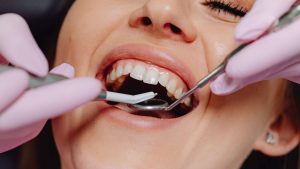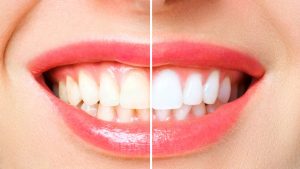Using lasers, dentists can detect tooth decay that is not yet visible and would otherwise be undiagnosed using traditional methods.
Laser cavity detection is based on the fact that healthy tooth structure reflects light, or “fluoresces,” differently than does decayed tooth structure. Teeth with decay will display a higher level of fluorescence, and the higher the fluorescence, the more advanced the tooth decay. Laser decay technology also puts out an audio signal when it finds areas of decay.
Prior to using a laser scanner, dentists depended upon X-rays and using fine picks to identify cavities. Not only is this process uncomfortable, it’s also harder to diagnose decay in areas with limited visibility, like underneath the gum line. Laser technology provides about a 90% accuracy rate for identifying suspicious areas and cavities.
If tooth decay is caught early enough, you might not even need a filling at all, meaning laser technology not only improves early cavity detection, but reduces the size and number of fillings you might need over time. This means that you will be better able to preserve your natural teeth and avoid the need for expensive dental treatments.




